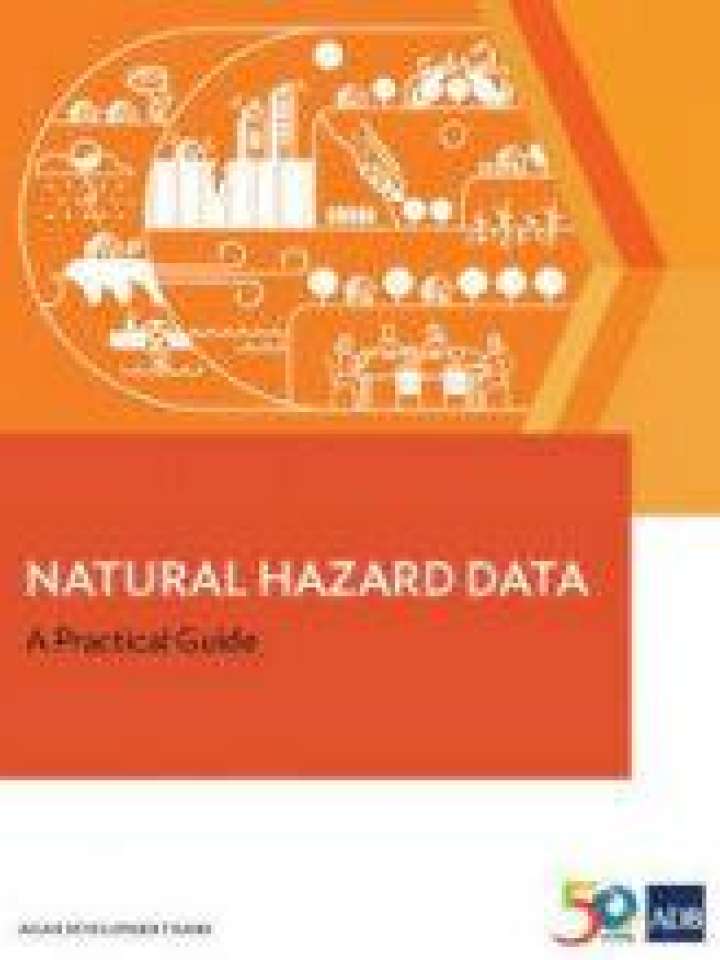Natural hazard data: A practical guide
The guide aims to provide practitioners with a basic understanding of natural hazards, the nature and purpose of hazard mapping and disaster risk assessments, and the availability and sources of related data and information in taking disaster risk into account in project design. It also provides guidance on the identification and application of data for use in integrating disaster risk considerations in country partnership strategies and individual projects.
This guide begins by outlining the rationale for this practical guide in further detail. Section 2 provides a general introduction to key concepts and ideas related to natural hazard and disaster risk information. Section 3 provides recommendations on factors to consider in deciding between potential natural hazard datasets, including licensing, scale and/or resolution, and authoritativeness. Section 4 covers six major categories of weather and geophysical hazard, discussing common approaches to the measurement and categorization of each hazard, and highlighting key international datasets along with their uses and limitations. Section 5 provides guidance on other data sources. Finally, Section 6 closes with a brief discussion of best practices and recommendations on the management and sharing of natural hazard information created with ADB’s support. The appendix presents a sample country natural hazard data report for Nepal to provide further guidance to ADB teams that are seeking to collate and access natural hazard and disaster risk information at a country level.
Explore further

